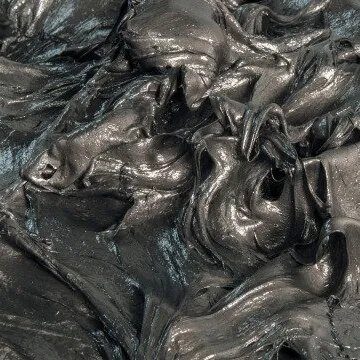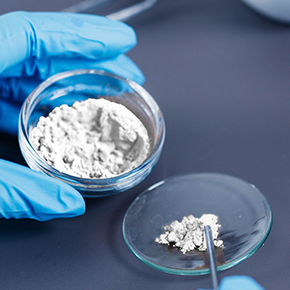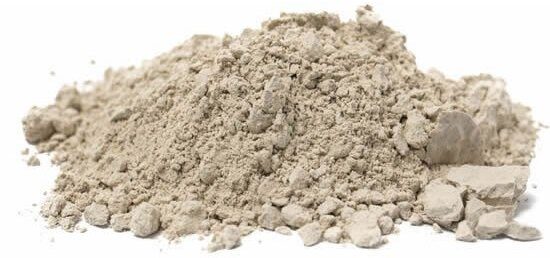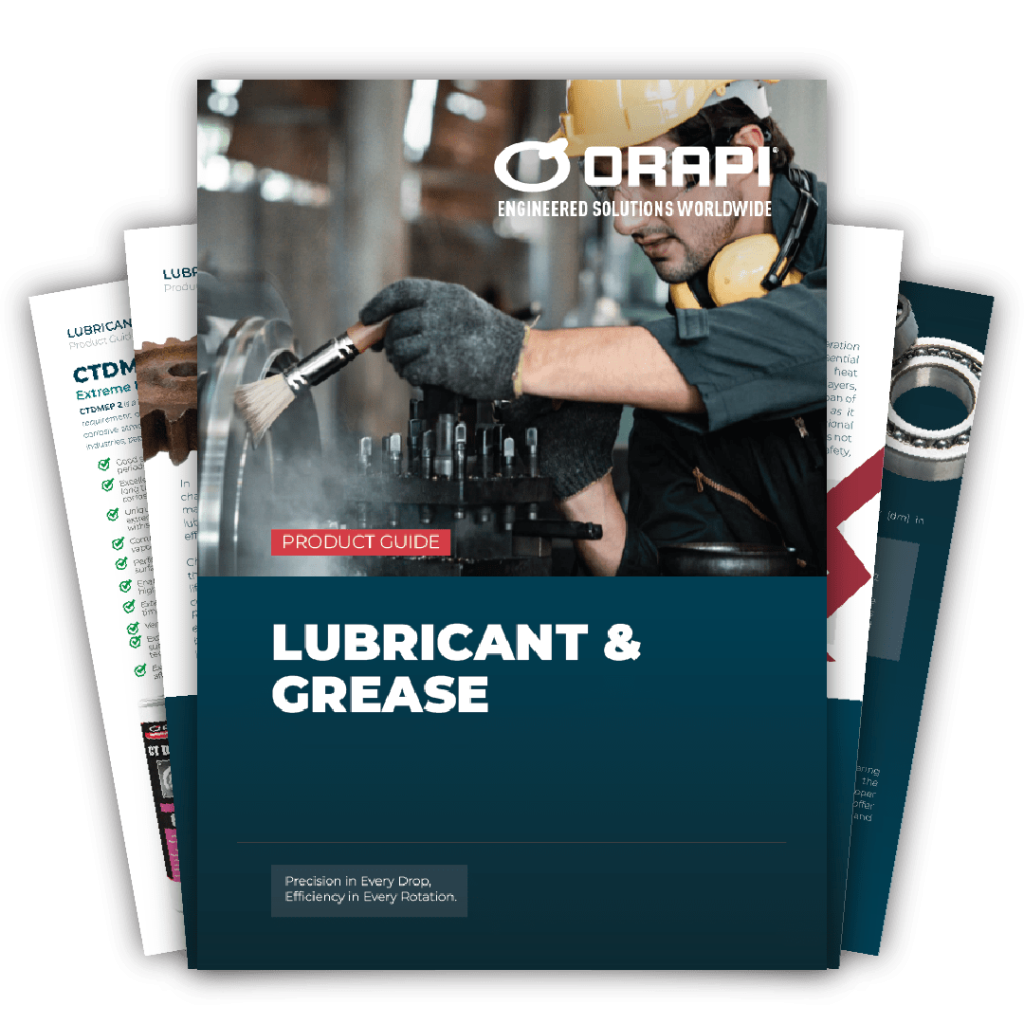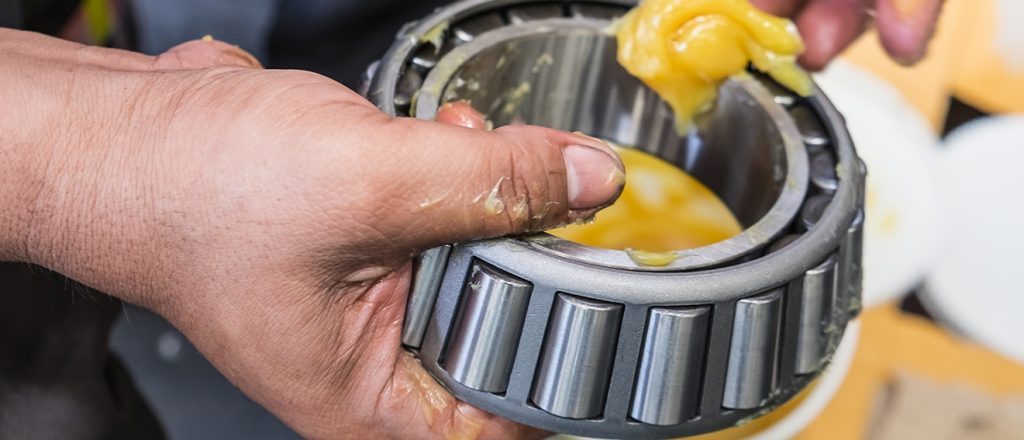
In the previous article, we gave a general description of grease lubricants, including its base penetrability and how it is measured, classification according to NLGI grade, grease drop-point, dmN factor, and more. We also mentioned that grease has three components: lubricants, thickeners, and additives. In this article, we will be going through the first two components of grease lubricant and the different factors to consider within each component.
Lubricating Oil: 2nd Component of Grease Lubricant
Grease is a lubricating substance used in various applications to reduce friction and wear between moving parts. It consists of a base oil and a thickening agent, usually a soap, that gives it its semi-solid consistency. The characteristics of grease lubricant, such as its base oil nature and viscosity, play a crucial role in determining its performance in different conditions.
Base Oil Nature

The type of base oil used in grease formulation significantly influences its properties and performance. There are three main categories of base oils:
Mineral Base Oil
Mineral oil is a traditional and cost-effective choice for grease lubricants. It offers a wide operating temperature range, making it suitable for applications spanning from -30°C to 150°C. It’s commonly used in various industries due to its general-purpose characteristics.
Vegetable Base Oil
Although not as common as mineral oil, vegetable-based oils can be used as a base in grease formulations. These oils have a smaller temperature range of -10°C to 130°C. Their use might be restricted to specific applications or industries.
Synthetic Base Oil
Synthetic base oils, such as ester, silicone, and polyalphaolefin (PAO), provide advanced performance characteristics. They are more expensive but offer a broader operating temperature range, from -70°C to 300°C. Synthetic greases are often chosen for extreme conditions where standard mineral-based greases might not perform well.
The choice of base oil depends on the specific requirements of the application, including operating temperatures, loads, and speed.
Viscosity

Viscosity refers to a fluid’s resistance to flow. In the context of grease, it determines how well the grease lubricant can flow and lubricate the moving parts. The two categories of viscosity are mentioned below:
Low Viscosity
Greases with low viscosity are suitable for high-speed operations and low-temperature conditions. They flow more easily and provide better lubrication during cold starts. These greases are advantageous in applications where quick and efficient lubrication is needed at lower speeds and in colder environments.
High Viscosity
Greases with high viscosity are better suited for low-speed operations, high-temperature conditions, and heavy load-bearing applications. They provide a thicker, more durable lubricating film that can withstand the challenges posed by high temperatures and heavy mechanical stress.

Thickener: 2nd Component of Grease Lubricant

Thickeners are a crucial component of grease formulations, playing a fundamental role in determining the grease’s consistency, structure, and performance properties. Grease lubricant, in its simplest form, is a semi-solid lubricant composed of a lubricating fluid (typically a base oil) and a thickening agent (thickener) that holds the lubricating fluid in place, preventing it from leaking or dripping away from the application. The thickeners constitute the solid phase of the grease and are responsible for giving the grease its characteristic consistency.
Importance of Thickeners: Consistency and Properties
Thickeners serve as the backbone of grease lubricant, imparting it the necessary thickness, body, and texture. The consistency of grease lubricant is often referred to as its NLGI (National Lubricating Grease Institute) grade, which is a measure of its firmness or hardness. Thickeners determine this NLGI grade, and as a general rule, the higher the concentration of thickeners, the harder and more solid the grease becomes. This directly influences the grease’s ability to stay in place, provide adequate lubrication, and resist being squeezed out under mechanical pressure.
Additionally, thickeners significantly influence various performance properties of the grease, including its temperature stability, water resistance, load-carrying capacity, and shear stability. Different types of thickeners exhibit varying characteristics, impacting the grease’s suitability for specific applications and operating conditions.
Types of Thickeners in Grease
Metallic Soap Thickeners in Grease
Metallic soap thickeners are a prominent type of thickening agent used in grease lubricant formulations, widely recognised for their ability to provide structure, mechanical stability, wide temperature range, and water resistance to greases.
These thickeners are derived from fatty acids typically sourced from animal or vegetable oils. A chemical reaction involving an acid and a base creates metallic soap thickeners, offering a range of benefits to the resulting grease product.
Lithium Soaps
Lithium 12-hydroxy stearate are the most commonly used soap greases. These soaps are excellent thickeners, resulting in Lithium greases that possess high lubricity, shear stability, and thermal resistance (which is usually around 180-200°C). Furthermore, these types of greases tend to exhibit lower oil separation. To improve their oxidative resistance, anti-oxidants are often added. Lithium greases are typically employed in industrial and automotive applications, such as bearings.
Calcium Soaps
Calcium soap greases offer superior water resistance and excellent shear stability compared to lithium greases. However, they have limited thermal resistance, with dropping points falling between 90-110°C, and are generally only suitable for applications operating at temperatures up to 110°C.
Sodium Soaps
Greases made from sodium soap have a high dropping point, usually around 150°C. However, they are usually not suitable for conditions where temperatures exceed 120°C due to their poor oxidative stability and high oil bleed. Moreover, they do not offer good resistance against water. Nevertheless, they do provide excellent shear stability and lubricity.
Aluminum Soaps
Greases that contain aluminium soaps are known for their impressive resistance to oxidation and water. However, due to their low thermal resistance, these greases have a dropping point of only 110-120°C. As a result, users are advised to limit the operating conditions to less than 80°C. When the temperature of the bearing heats up, the aluminium soap greases turn into stringy gels, which cause a sharp increase in torque. This, in turn, requires additional work to turn the bearing.
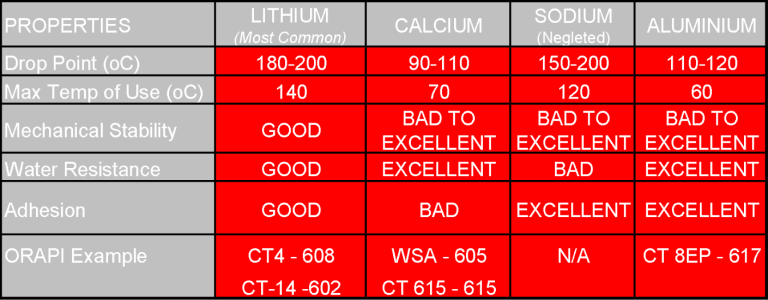
Thickener Formation Process
Complex Metallic Soaps as Grease Thickeners
Complex metallic soaps represent an advanced and specialised category of thickeners used in grease formulations. They are derived from a combination of different acids while using the same metallic base. This unique composition imparts distinctive properties to the grease lubricant, making it well-suited for specific applications where enhanced stability, thicker consistency, and higher temperature tolerance (drop points) are necessary, such as in aerospace, wheel bearings, universal joints, and axle journal boxes.
Comparison of Drop Points

Benefits, Disadvantages, and Applications
|
Soaps |
Benefits |
Disadvantages |
Applications |
ORAPI |
|
Lithium Complex |
|
|
Bearings in automotive and industrial |
CT-MEP2 606 |
|
Calcium Complex |
|
|
Used in applications that operate up to 110°C, bearings of water pump, wheel bearings, and agricultural vehicles |
CT-615-615 CT-FLON AL 618 |
|
Aluminium Complex |
|
|
Vibrating screens, elevator drive motors and governors where reversing motion occurs, and large electric motors with bearings operating at high linear speeds |
CT8 EP-617 |
Soap-Free Thickeners in Grease
Silica Thickeners
Silica particles are finely dispersed within the base oil to create a structured network. This network traps and holds the base oil, providing the desired semi-solid consistency to the grease. Silica thickeners are known for their ability to withstand high temperatures, making them suitable for applications where other thickeners might soften or melt.

Organophilic Clay
These thickeners are commonly known as organo clay or clay thickeners and are made from minerals such as bentonite, hectorite, or montmorillonite. The minerals are transformed into a purified clay and treated to be compatible with organic chemicals. The clay is then dispersed in a lubricant to create a grease. Clay greases do not have a melting point and are typically used in high-temperature greases, although the oil quickly oxidizes at elevated temperatures.
Bentonite Clay Thickeners
Bentonite clay-based thickeners are produced through a combination of physical dispersion and activation of polar agents like alcohol or acetone. Bentonite clay is a naturally occurring material with exceptional adsorption and swelling properties. When dispersed in a base oil and activated, bentonite clay forms a thixotropic gel structure. Thixotropy refers to the property of becoming less viscous under mechanical stress and returning to its original viscosity when the stress is removed. This unique property makes bentonite clay greases flow more easily during application but regain their structure to provide effective lubrication. Bentonite clay greases are often used in applications where controlled release of lubricating oil is beneficial.

Compatibility
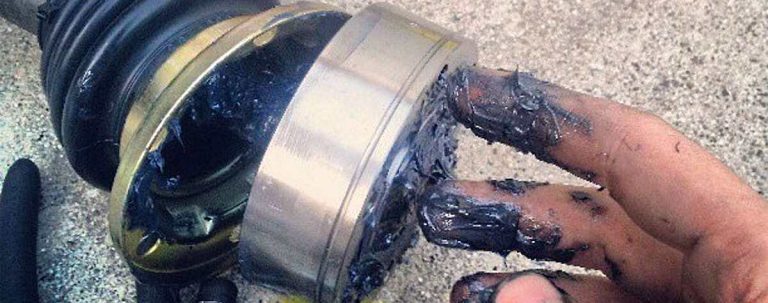

Additives
To be continued in PART 3

